Recommendation points
- Is there a significant difference in varieties
- Wear resistance of the coating
- Material thickness and roll width
- Selection based on the purpose of the premises
- Special properties of linoleum
- Definition of defective products
When choosing a floor covering, we look for the ideal balance of practicality and attractive appearance. Linoleum is able to combine both of these qualities, being in an affordable price range. Today we will tell you what factors you need to consider when choosing this material..
Is there a significant difference in varieties
Today, the most popular base for linoleum is polyvinyl chloride compound (PVC). It is from this material that the lion’s share of products is made, although there are also more exotic options based on alkyd resins, polyurethane, and also completely based on natural ingredients.
First of all, about natural linoleum. This material belongs to the premium class and occupies one of the most expensive niches in the flooring market. The main argument is complete environmental friendliness and safety for allergy sufferers. Although the performance of such a coating is not the most outstanding.
It is not known for certain where the myth about the monstrous allergenic and toxic effects of PVC on humans comes from. The linoleum coating does not emit volatile compounds into the air, and clinical cases of real intolerance to particles of this polymer are extremely and extremely rare. Remarkable is the fact that almost 2/3 of the wallpaper is covered with vinyl plastic and no one complains about it.
But there is also a practical side to the issue. Linoleum made from natural components is a very fragile product, it loses its elasticity and cracks at temperatures below +5? С. It is difficult to imagine that for such products the conditions of transportation and storage are strictly observed. At the same time, the presence of microcracks can hardly be detected visually, but their presence reduces the wear resistance and durability of the material by an order of magnitude. Natural linoleum is prone to decay and provides a not too rich color chart.
Polymer protective coatings are more resistant to moisture and aggressive chemicals, high sensitivity is observed only to oils and petroleum products. In many modern products, the problems of vulnerability to ultraviolet light and heating have been solved by means of special additives in plastic compounds. The only drawback is that the coating shrinks, therefore, before laying the floor, synthetic linoleum must be kept for a day or two in a rolled state.
Wear resistance of the coating
Like laminate flooring, linoleum has a two-digit durability class marking. The first – from 2 to 4 – determines the nature of the throughput load: household, social and industrial. The second number indicates the durability under certain operating conditions: 1 – the lowest, 3 – the highest class.
Wear resistance depends on the thickness of the protective polymer layer on the surface, its hardness and the presence of foreign additives. The wear resistance of each product is determined experimentally by samples of each batch, in accordance with the test results, the coating is assigned a certain class.
For an apartment, the thickness of the protective layer in any case should not be less than 0.3 mm, ideally from 0.5 mm. Here, however, there is one trick: the cost of a one-time floor covering with “indestructible” linoleum is equivalent to 3-4 low-class coatings. At the same time, the process of remodeling linoleum is ridiculously simple, so sometimes it is worth considering the prospect of replacement. Especially considering the fact that even the highest quality linoleum can one day be hopelessly damaged by persistent dye or carelessly dropped heavy object.
Material thickness and roll width
On average, the thickness of household linoleum is from 2 to 4.5 mm. This indicator is not directly related to wear resistance, the thickness is chosen according to the quality of the rough preparation of the floor. So, for flooring from an edged board, it is recommended to choose a thicker linoleum (3.5-4 mm), which will smooth out periodic warpage and protrusions at the joints.
Along with the thickness of linoleum, the likelihood of it being pushed through by the furniture legs increases. Even with a thick and durable protective coating on linoleum with a thickness of more than 3 mm, it is almost guaranteed that there will be clear marks, excluding the possibility of rearrangement in the apartment.
The thickness of linoleum can be determined by the nature of the material. Homogeneous (homogeneous) linoleum has only one layer, the thickness of which rarely exceeds 2.5 mm. Heterogeneous linoleum has a clearly defined structure: an upper protective layer, a base that holds together and, sometimes, an insulating substrate. Due to the formation of a durable top layer, such material is characterized by higher wear resistance and noise absorption, as well as low thermal conductivity..
Heterogeneous linoleum: 1 – dense base layer; 2 – fiberglass; 3 – patterned layer; 4 – protective layer
Depending on the manufacturer, linoleum is produced in widths from 1.5 to 6 meters, which allows you to seamlessly cover the floor even in very spacious rooms. If desired, several canvases can be connected by soldering, if the manufacturer allows this from the point of view of linear expansion of the material. At the same time, linoleum categorically does not accept bending, which can become an obstacle when transporting wide rolls and lifting them to the upper floors of buildings.
Selection based on the purpose of the premises
Although recently the practice of arranging flooring with a continuous contour throughout the apartment has become fashionable, it is recommended to lay linoleum separately for each room. Primarily for the reason that the canvas is able to linearly expand and shrink with changes in temperature. On the other hand, a maximum width of 5 meters will simply not be enough for a continuous coverage..
But there is also a more practical aspect. When laying linoleum in a continuous contour, you will be forced to adhere to the required wear resistance class corresponding to the room with the highest traffic. It is not too rational to purchase heavy-duty linoleum for a bedroom, in which tenants appear only 2-3 times a day.
Finally, in children’s rooms it really makes sense to lay a completely natural covering. A young organism is rapidly rebuilding and it is not known how it will perceive synthetic material, especially if a child is only planned in the family. This is one of the few examples where natural linoleum is really in demand..
Special properties of linoleum
Different types of linoleum can differ in the spectrum of special properties, such as resistance to wetting, antistatic or sound absorption. Also, special conditions for laying the coating, the need for gluing it to the base or the procedure for caring for linoleum may be regulated.
Most of these properties are indicated by means of special icons on the label. Depending on the lifestyle of the owners of the apartment and the operating conditions of the coating, these qualities can be very important..
Definition of defective products
When choosing a material in a store, you should evaluate the uniformity of color, organoleptic characteristics, the integrity and strength of the material. Since linoleum is considered a coating with a high aesthetic value, violations of textural color are a clear signal of poor product quality, because it is the appearance that most manufacturers put at the forefront. Therefore, when buying a cut from a roll, it must be completely unwound and carefully inspected for defects in the pattern..
The sharp and unpleasant smell of the roll guarantees that the air in the apartment will be seriously and permanently spoiled. In addition, the presence of any pronounced odor in general can serve as a residual emission of volatile substances from products of dubious quality..
Linoleum should not hesitate to crumple, bend, twist, it should not only be folded in half. The presence of a crackle or squeak during deformation can be a sign of destruction of the base or protective coating due to non-compliance with storage conditions. This is especially true for coatings on a natural and alkyd base..



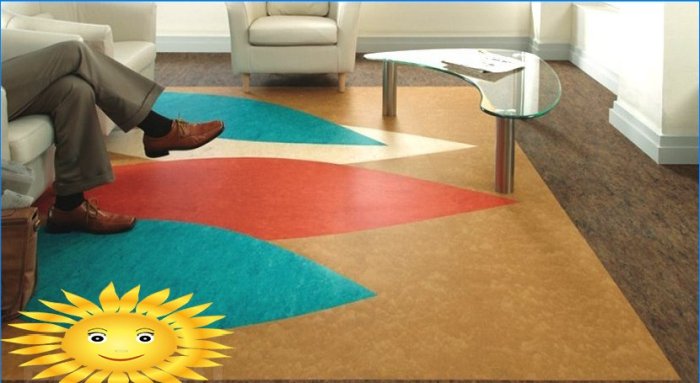
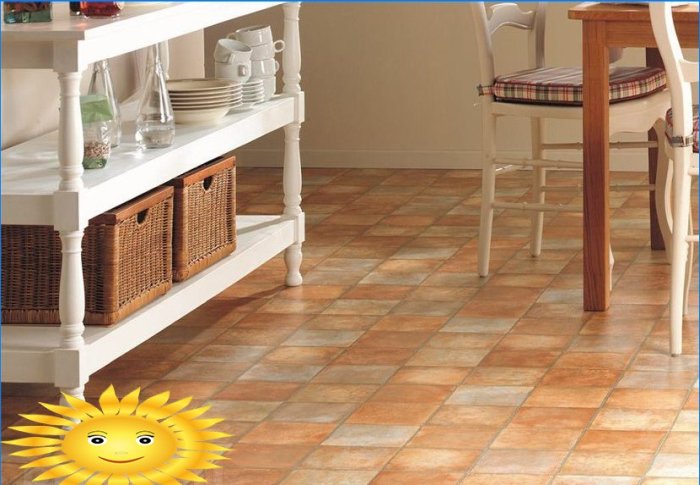
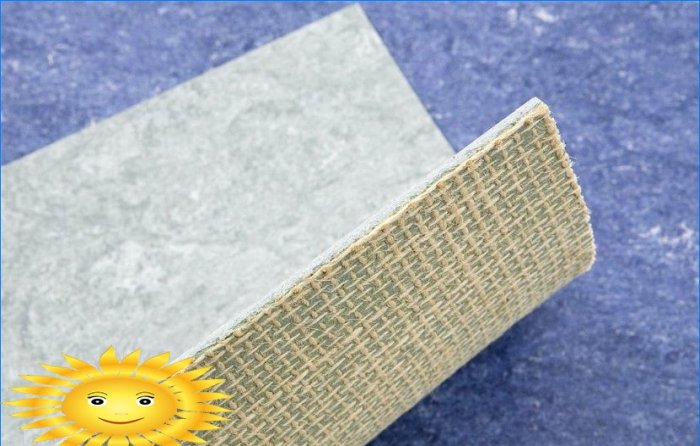
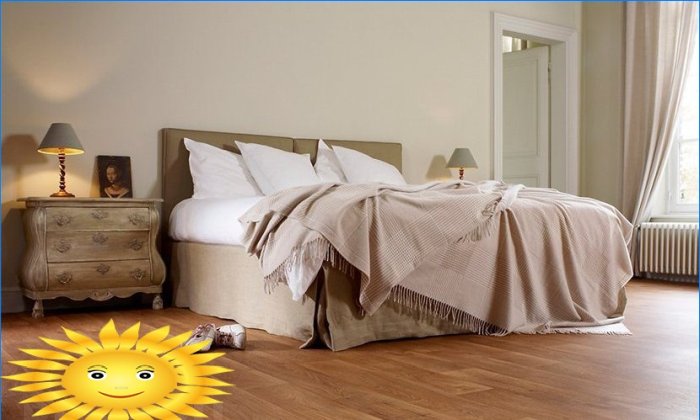
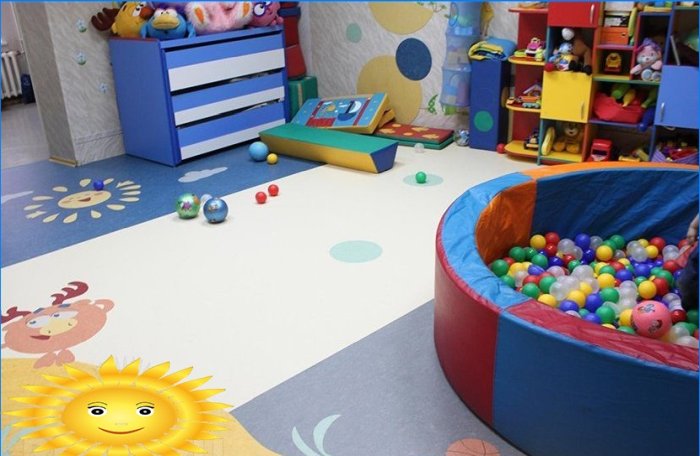

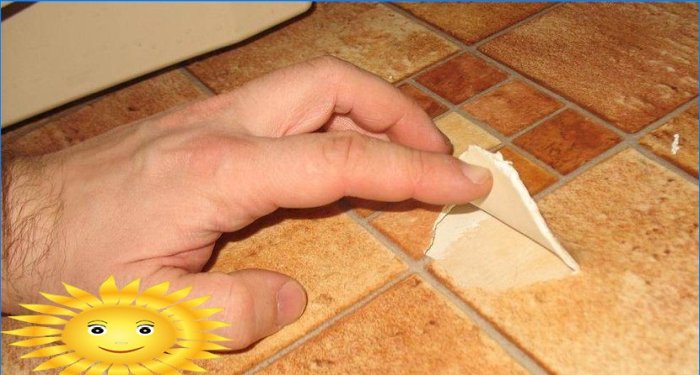
Hello everyone! I’m curious to know your thoughts on choosing linoleum for an apartment. What factors should one consider when deciding between different types of linoleum? Are there any specific brands or qualities that you would recommend? I appreciate any advice or insights you can provide! Thanks in advance.